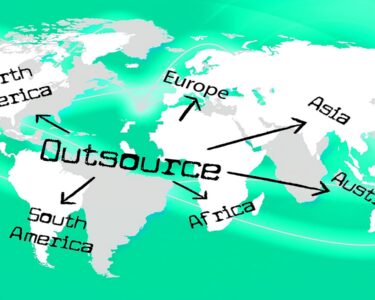The amount of money you should have in super to make it worthwhile setting up your own self-managed super fund (SMSF) is a contentious issue.
Over the years there has been much discussion and analysis by the Australian Taxation Office (ATO), the Australian Securities and Investments Commission (ASIC) and the Productivity Commission, but no clear answers. Just a general consensus that having at least $500,000 in super is a good yardstick, although starting with less may be justified in certain circumstances.
That consensus was reinforced by a comprehensive survey of more than 100,000 SMSFs by Rice Warner for the SMSF Association. But its report – Cost of operating SMSFs 2020 – went further, comparing SMSFs of different sizes and complexity with retail and super funds on a like-for-like basis, with some surprising results.Visit here; SMSF setup costs.
In this article, we’ll provide you with the latest statistics and perspectives on this vexed issue to help you make your own informed decision.
A cost-benefit analysis
One of the issues that skewed previous attempts to quantify costs was that there was no breakdown of one-off set-up costs and ongoing expenses associated with operating your own SMSF. This meant that set-up costs incurred in one year only skewed the average for all funds. There is also a wide range of investment fees and other costs that reflect the range and complexity of SMSFs themselves.
That said, it’s obviously important that the benefits outweigh these costs by as much as possible. Otherwise, you may be better off in a public fund with lower costs on your time as well as your finances. But when doing your own cost-benefit analysis, it’s important to compare like with like.
Set-up costs include professional legal and accounting advice to establish the SMSF’s trust structure and trust deed.
Ongoing costs for services and reports required by regulation include:
- The preparation of financial statements
- The preparation and submission of a tax return to the ATO
- The payment of a compulsory annual SMSF supervisory levy to the ATO
- A corporate trustee fee (if applicable)
- An annual audit of all financial records. This must be conducted by an ASIC-approved auditor to ensure that all fund activities are fully compliant with super legislation.
An SMSF may also need to pay actuarial costs to determine eligible member pension payments.
While these ongoing costs can’t be avoided, trustees can reduce their costs by handling some of the fund’s administration themselves.
How do SMSF costs compare?
Once you have a clearer picture of what an SMSF is likely to cost someone with your level of assets and willingness, or not, to carry out some of the administration, you can more accurately compare it with other types of funds on a like-for-like basis.
To do this, Rice Warner examined the costs for the set-up and running of SMSFs with different balances, whether trustees outsource only their compliance administration or all their administration, and whether funds use low, medium, or high fee services.
The table below shows the range of costs for SMSFs of various size balances with shaded areas indicating whether the fees are above, within or below the range for retail and industry super funds with similar balances.




